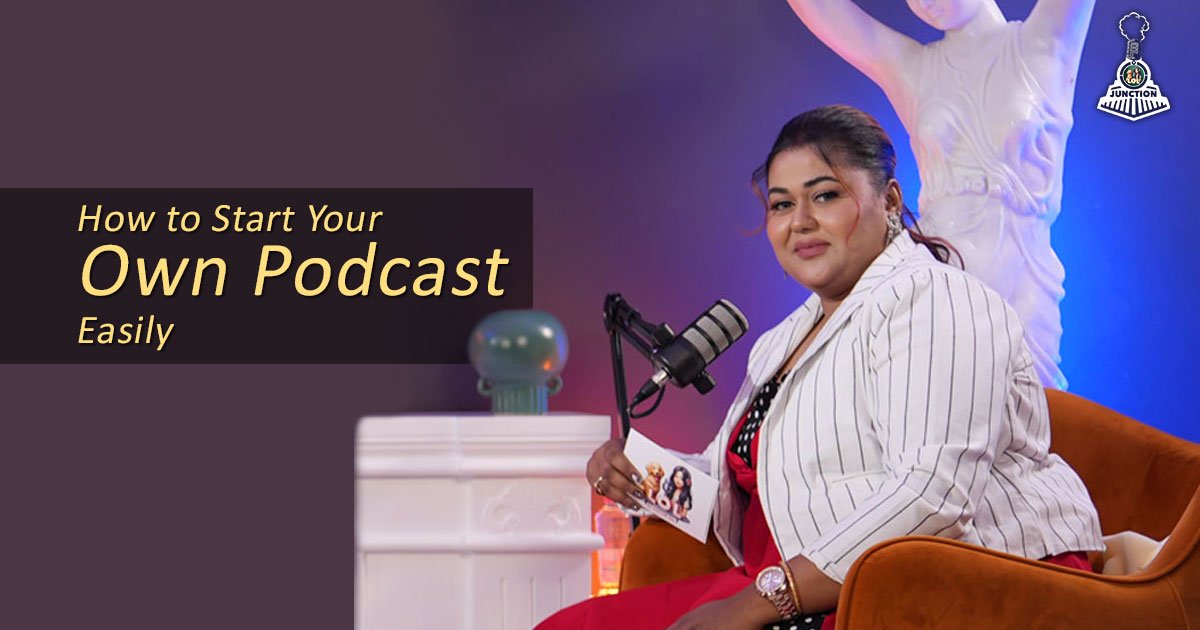
How to Start Your Own Podcast Easily
4 months ago Kasturi Jha

4 months ago Kasturi Jha
Starting your own podcast in 2025 is one of the most rewarding ways to share your voice, build an audience, and even grow a business. With low startup costs, global reach, and limitless creative freedom, podcasting has evolved into a powerful platform for storytellers, educators, entrepreneurs, and enthusiasts.
If you’ve ever thought, “I want to start a podcast, but I have no idea where to begin,” this guide is designed for you. We’ll walk you through everything you need—from planning and podcast setup to publishing and promoting—so you can launch with confidence, even as a complete beginner.
Podcasting isn’t just trendy—it’s effective. Audiences are more engaged than ever, and major platforms like Spotify, Apple, and YouTube now heavily invest in audio creators. It’s never been easier to launch your voice into the world and connect with listeners who care about what you have to say.
Whether you’re creating a personal journal, discussing niche interests, or building a brand, a beginner podcast can grow into something significant.
Every successful podcast starts with a clear purpose. Ask yourself:
If you’re unsure how to define this, start with your passions and expertise. The most memorable podcasts are authentic, consistent, and driven by genuine enthusiasm.
For example:
No matter what, your “why” will help you stay focused as you launch your podcast.
Before you hit record, decide how your episodes will be structured. Common podcast formats include:
Pick a format that suits your style. If you're just starting a beginner podcast, keeping it simple (like a solo or interview format) is often best.
Your podcast setup doesn’t need to be expensive, but it should be good enough to deliver clear, crisp audio. Here’s what you’ll need:
Your podcast setup should reflect your budget and goals—but even basic gear can produce professional-sounding results with good technique.
Editing is where you polish your sound and tighten your message. Fortunately, there are plenty of tools for every skill level:
Start simple and gradually level up. Many successful hosts started with basic tools and upgraded as their podcast grew.
Branding helps your show stand out. Here’s what you’ll need before you launch your podcast:
Good branding doesn’t need to be flashy—but it should clearly reflect what your beginner podcast is all about.
Once your gear is ready and you’ve planned your first few topics, it’s time to hit record.
After recording, edit your episode to remove long pauses, background noise, or any mistakes. Add intro music, outros, and any ads or shout-outs you’ve planned.
Recording your first few episodes may feel awkward, but you’ll improve quickly with practice. The key is to start.
You’ll need a podcast host to distribute your episodes to platforms like Spotify, Apple Podcasts, and Google Podcasts.
Popular hosting options include:
These services store your files and generate the RSS feed that platforms use to list your podcast. Choose one that fits your budget and technical comfort level.
Once your podcast is hosted and ready, submit it to popular directories so listeners can find you. Most hosts make this easy with one-click submissions.
Start with:
It may take a few days for your podcast to appear, so be patient and check each platform’s guidelines.
Don’t launch in silence. Promote your beginner podcast just like you would any creative project.
Consistent promotion is how you’ll grow. Even the best shows take time to find their audience. The more value you give, the faster your podcast will spread.
One of the biggest challenges podcasters face is staying consistent. Start with a realistic publishing schedule—whether that’s once a week, bi-weekly, or monthly.
Over time, you’ll learn more about what your audience wants. Don’t be afraid to evolve your content, improve your podcast setup, or even rebrand if needed.
Podcasting is a journey, and your growth will reflect your commitment.
Starting a podcast in 2025 has never been easier—or more rewarding. From ideation to execution, every step is an opportunity to learn, connect, and create something meaningful. Whether you’re looking to educate, entertain, or inspire, your voice has the power to make an impact.
Don’t overthink it—just start. With the right mindset and tools, your beginner podcast could become the next big hit in the audio world.



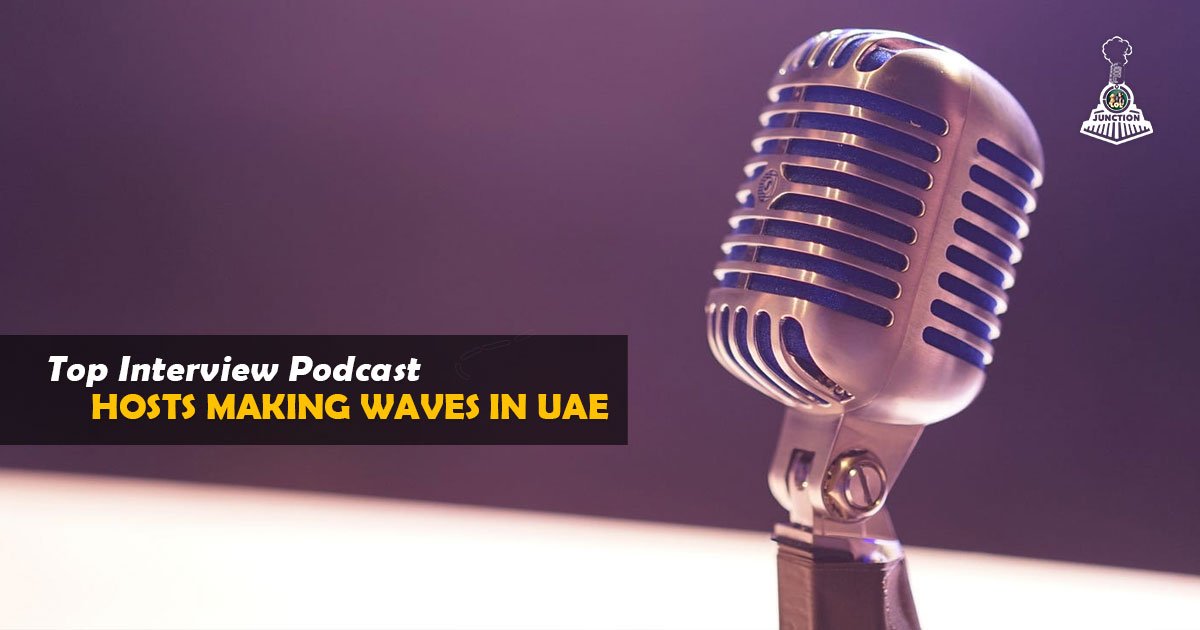



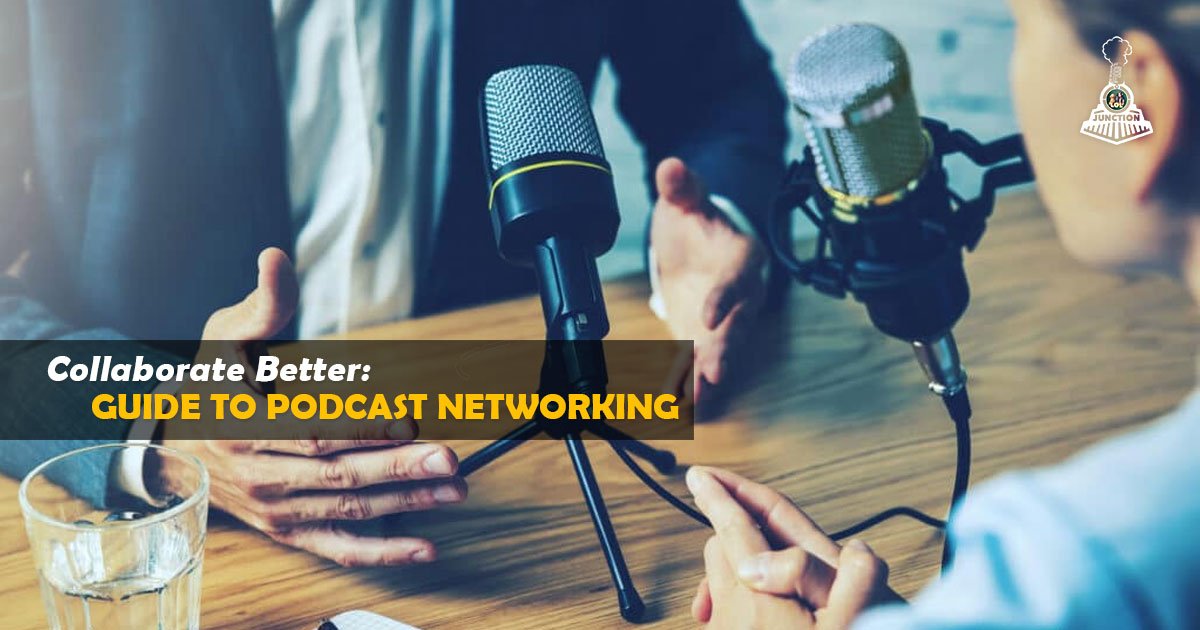

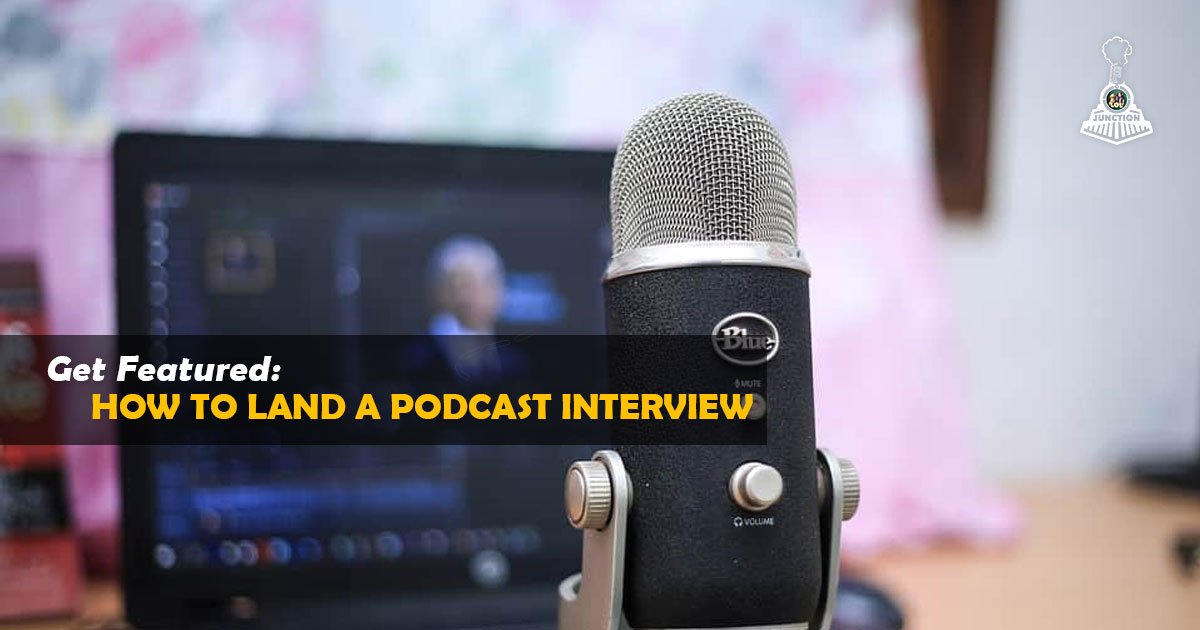
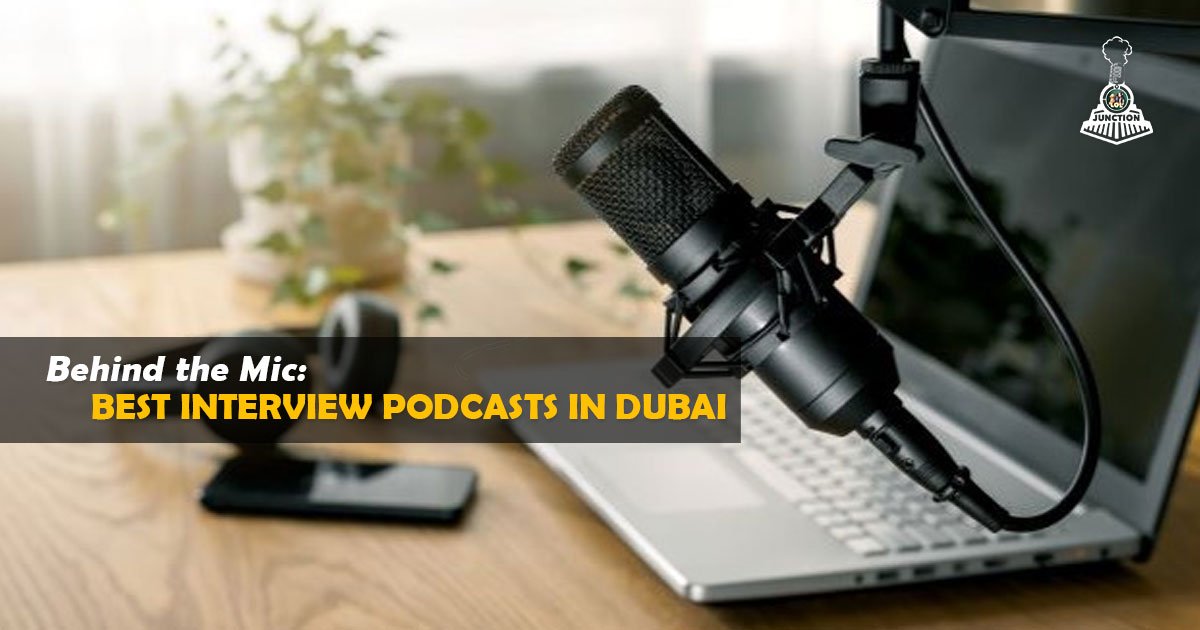
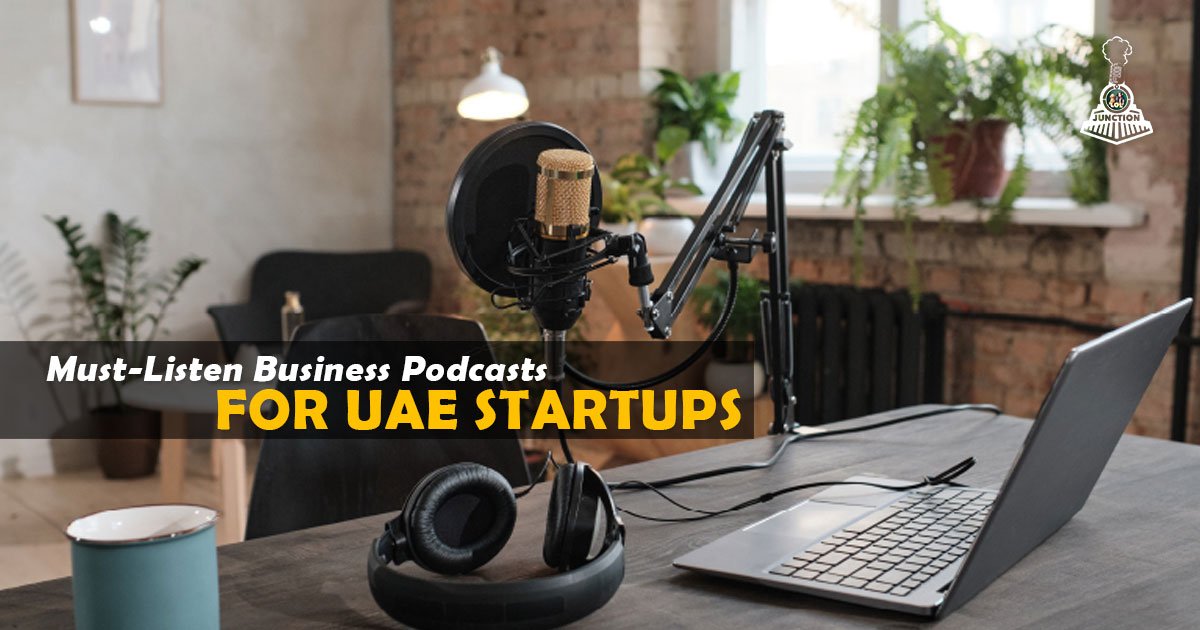
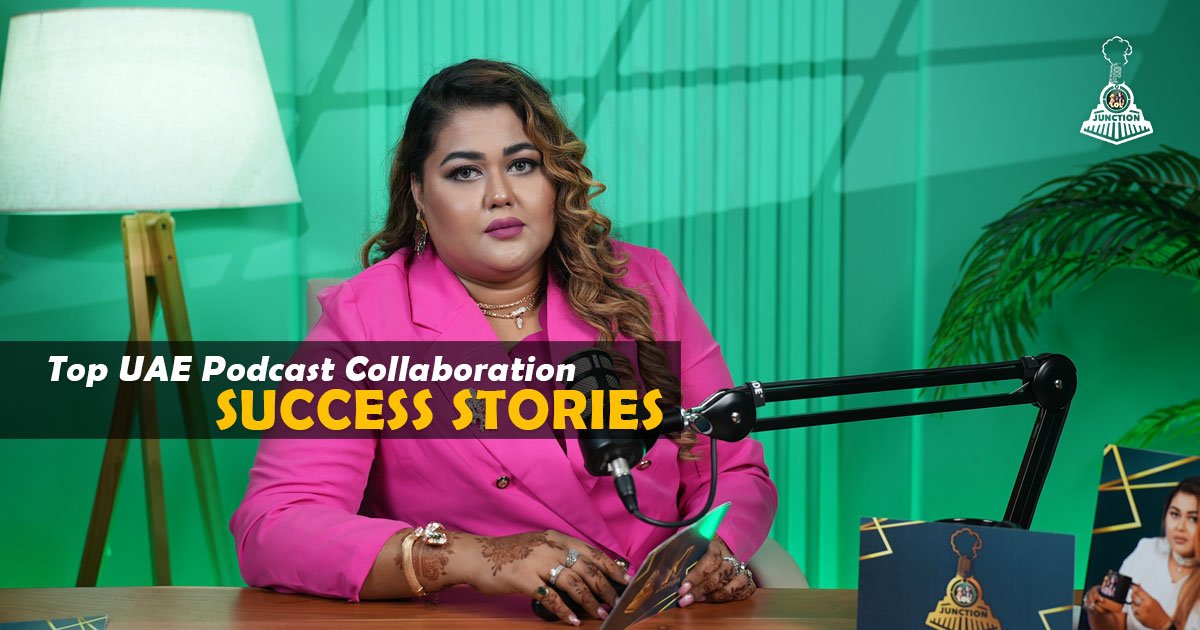





Learn how being a podcast guest in the UAE helps boost credibility, drive leads, and grow your audience.
Read More..
Learn how businesses in the UAE are leveraging podcasts to strengthen corporate identity and customer engagement.
Read More..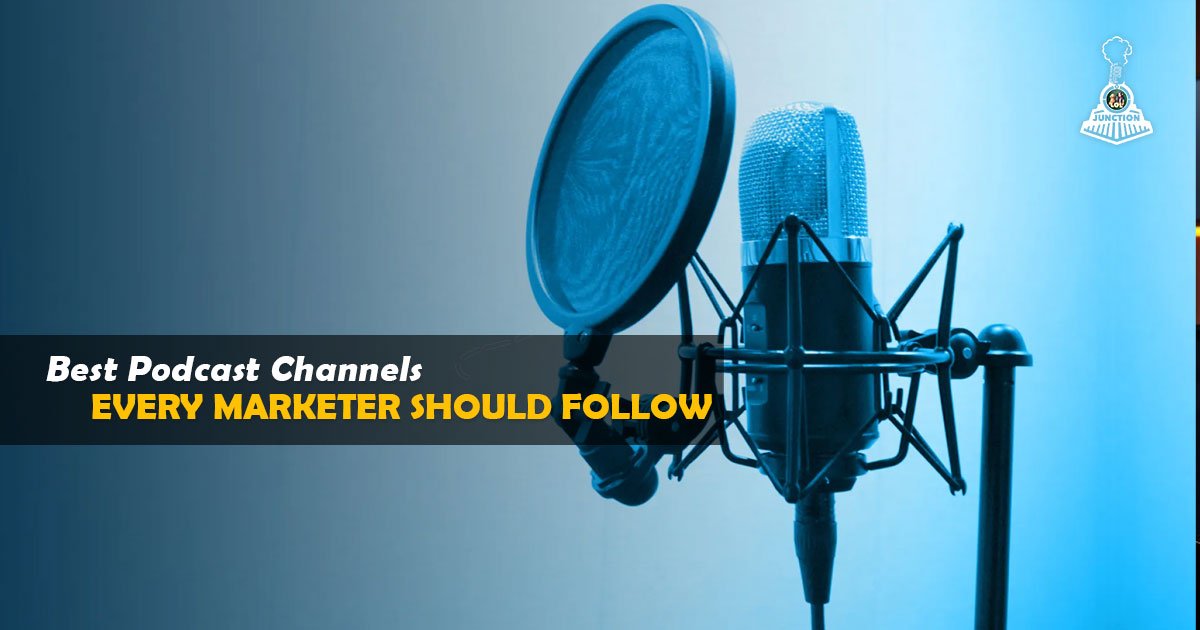
Explore top podcast channels that provide marketing insights, trends, and tactics, tailored for the UAE audience.
Read More..© 2025 LOL - Let's Off Leash. All rights Reserved. Powered by Dar Alafkar Marketing LLC